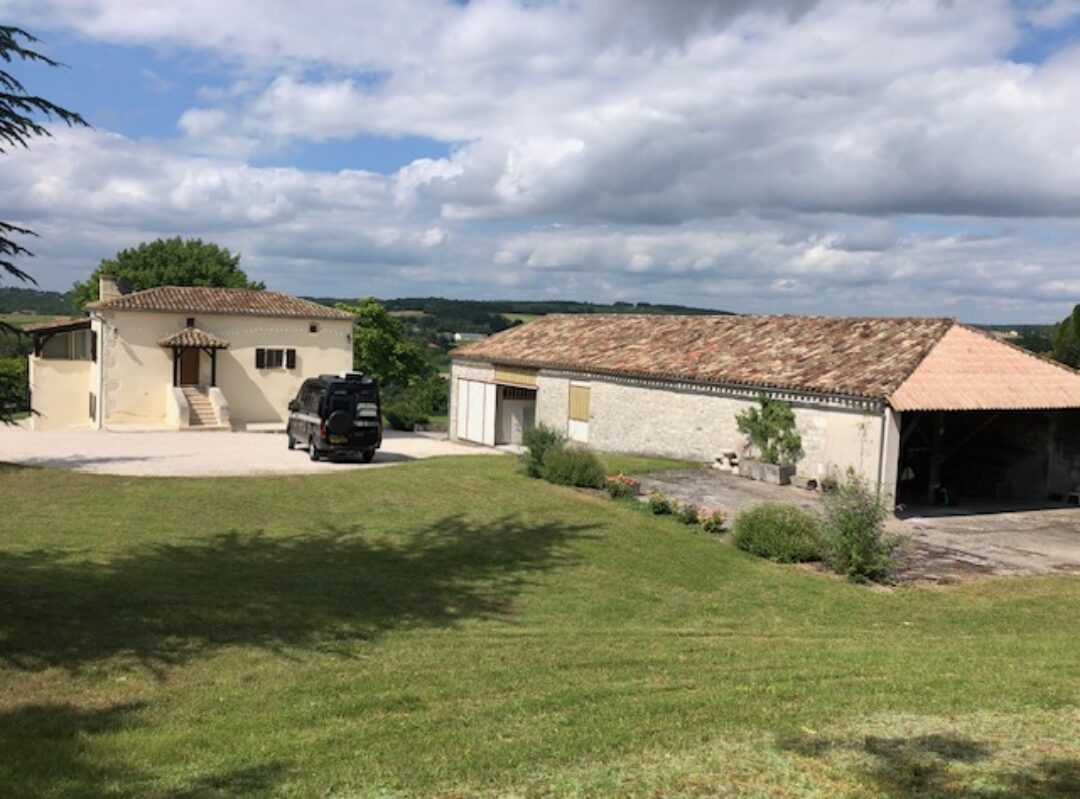Our last two stops in Brittany had a bit of a seafood theme. The first was overlooking the beautiful cove of Morieux which is part of the bay of St-Brieuc. The small Chapelle Saint-Maurice sits on a small hill at the side of the cove and its position reminded me a bit of the lovely Church of the Good Shepherd at Lake Tekapo in New Zealand’s South Island. The chapel was built between 1870 and 1880 but pretty much left abandoned after it was damaged during WWII. An association was formed in 1983 to save the chapel and it was fully restored in the early 1990s. We had the opportunity to see inside when it opened in the late afternoon for an exhibition of local artists. The tide in this area goes out for miles, so at low tide the the huge beach is used by horse riders and the horse drawn buggies seen at France’s trotting racecourses. But, despite the beauty, there are some dangers on this beach with signs warning of areas of green algae which flourish in the bay. The algae thrive in certain weather and water conditions and, in large quantity, give off gases that cause asphyxiation in animals and humans. So those are definitely no-go areas.


The GR34 coastal path also went past this location and we saw that there was a mussel restaurant at a point that would make a decent stopping point for a walk. We phoned ahead to book only to find out it was full that day but we decided to do the very scenic coastal path walk anyway. As we know, the French take their midday meal at lunchtime very seriously, arriving at restaurants on the dot of midday and popular restaurants are often full by 12.15. In the cove at the small restaurant we had contacted, people were queuing before midday and many arrivals were being turned away. We had a similar experience at our next stop of Le Vivier-sur-Mer, very close to the Brittany-Normandy border and not far from Le Mont St Michel. The town is very much a working port and just near our parking aire was a mussel producer selling his mussels and also operating a restaurant. As we passed by on a walk to explore the town we asked if we needed to reserve a table for that evening. The waitress advised they didn’t take reservations and advised us to be there around 7-7.15 p.m. when they opened. We arrived at 7.01 p.m. to find the restaurant already three-quarters full with only a few tables remaining. Fortunately this time we were able to enjoy the mussels – moules de bouchots – grown in the sea on wooden piles that have been wrapped in ropes impregnated with mussel larvae. These mussels are slightly smaller than some mussels you may have eaten and they are only in season from June/July to January, so you won’t find them in the local restaurants outside that period.


A cycle path runs along the coast towards Mont-St Michel and, passing the local information office when we set out to follow part of it, we saw that there was a trip that evening out to the oyster beds, so of course it had to be done. We were the only non-French participants amongst approximately 20 people and climbed in the back of a flat-bed trailer fitted with benches to be towed out of the port and across the beach out towards the sea and the oyster parks. The oyster parks are closer to the beach than the mussel beds although they are moved further out to sea at certain stages of their growth.

The tide was going out as we were asked to climb down from the trailer, at this point just up to below our knees in warmish water. Our driver-guide explained the process of growing oysters, which is essentially farming at sea and as subject to the vagaries of weather and climatic conditions as growing vines it seems. The peak season for oysters in France is Christmas and New Year, surprising when you see so many people eating them throughout the summer, and oysters spawn in the summer months so producers don’t sell them then. To keep a supply of oysters during the summer months, a ‘triploid’ oyster – with three rather two chromosomes and which does not reproduce – has been developed over the years and has the added advantage of being ready to sell after two years instead of the usual three. The preferred oyster size for consumers is a No. 3, a no. 1 being larger and a no. 5 smaller. There is quite a labour intensive process and an art to managing the oyster beds over the 3 years of growth, and the finishing process back in the tanks at the port, to ensure sufficient quantities of the right size at the right time and the correct balance of meat to shell.



A very interesting evening to learn more about life in this area.



